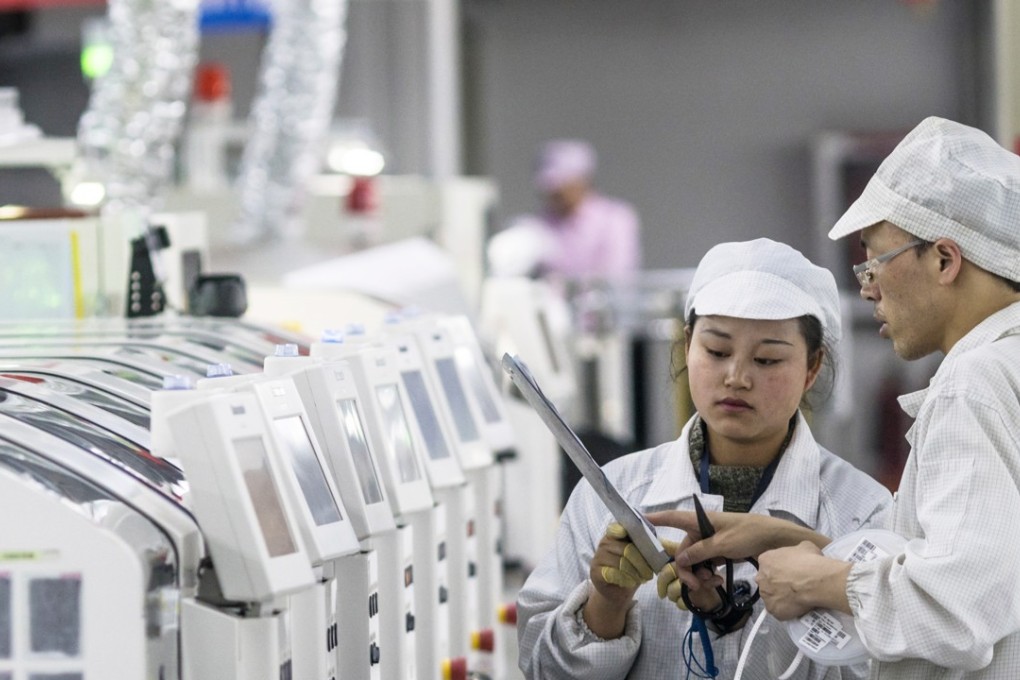Abacus | All the tools – and weapons – China can use for global tech dominance
Some techniques Beijing will use are similar to past episodes of industrial planning. Others are newer, reflecting China’s recently acquired economic strength and confidence

Two weeks ago Abacus examined the extent to which China lags behind the world’s advanced economies in technological innovation, and looked at Beijing’s aim of closing the gap and taking the lead in key emerging technologies.
But setting ambitious targets is one thing; achieving them is another thing altogether. So this week, it may be interesting to detail how Beijing has gone about chasing its dream of technological ascendancy, the tools – and weapons – at its disposal and its chances of success.
Bundled together as “Made in China 2025”, Beijing’s technology policy has mostly been portrayed by outside observers as an import substitution plan. It is certainly that. For example, in electronics, Beijing wants to sever the dependence of China’s manufacturers on semiconductors shipped in from abroad, by developing high-end chip manufacturers of its own.
US trade war: when the (micro) chips are down, Chinese cash flows to Israel
But Beijing wants to go a lot further than that. It is aiming to steal a march on global rivals in about 20 technological sectors from robotics to artificial intelligence to new materials. In semiconductors, for example, Beijing wants Chinese companies to command a third of the global market by 2030.

Some of the techniques Beijing is planning to use to achieve this goal are similar to past episodes of industrial planning. Others are newer, reflecting China’s recently acquired economic strength and confidence.
China isn't playing catch up - it's leapfrog and it may get dirty
One time-honoured tool is generous state subsidies to favoured companies. In the past, local governments typically extended lavish tax breaks to select players, as well as offering cheap credit, free land and cut-price energy. But as with solar panels in the early years of this decade, the results were often capital misallocation, excess capacity and anti-dumping actions by trade partners who accused China of selling in global markets at below cost. This time around Beijing is hoping to get smarter, dressing subsidies up as investments from state-directed venture capital funds, which policymakers hope will be more discerning than local officials. The sums are still huge, though. At the end of 2015, China had earmarked US$328 billion for such funds, with US$120 billion allotted to investment in semiconductors alone.
